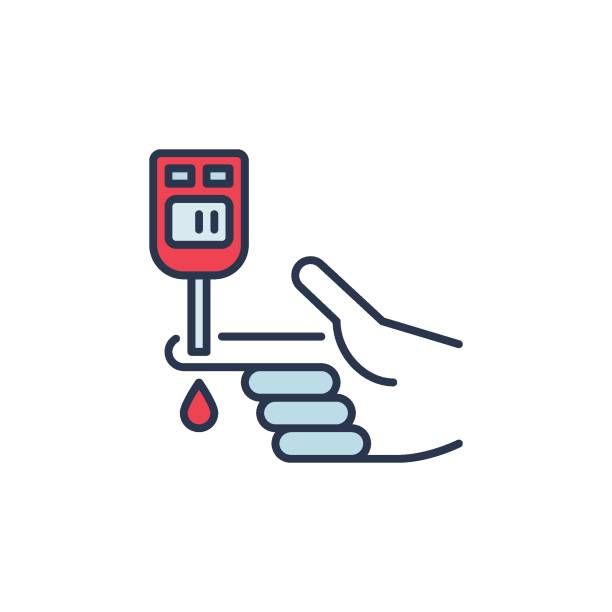What Causes It?
Type 1 Diabetes - Autoimmune destruction of insulin-producing beta cells in the pancreas
Genetic susceptibility - Family history increases risk, particularly for Type 1 and Type 2 diabetes
Environmental triggers - Viral infections may trigger Type 1 diabetes in genetically susceptible individuals
Obesity - Strong risk factor for Type 2 diabetes, especially abdominal obesity
Physical inactivity - Contributes to insulin resistance and Type 2 diabetes risk
Poor diet - High in refined carbohydrates, sugars, and processed foods increases risk
Insulin resistance - Cells don't respond properly to insulin, leading to Type 2 diabetes
Age - Risk of Type 2 diabetes increases with age, especially after 45
Pregnancy - Hormonal changes can lead to gestational diabetes
Previous gestational diabetes - Increases future Type 2 diabetes risk
Polycystic ovary syndrome - Associated with insulin resistance and increased diabetes risk
Certain medications - Corticosteroids, antipsychotics, and some HIV medications can raise blood glucose
Ethnicity - Higher risk in South Asian, Black, Hispanic, and Indigenous populations
Stress and stress hormones - Can temporarily raise blood glucose levels
Sleep disorders - Poor sleep quality and sleep apnea linked to insulin resistance
Signs & Symptoms
Increased thirst (polydipsia) - Often one of the first noticeable symptoms
Frequent urination (polyuria) - Including nighttime urination (nocturia)
Increased hunger (polyphagia) - Particularly after eating
Unexplained weight loss - Despite normal or increased food intake (more common in Type 1)
Fatigue - Persistent tiredness and weakness
Blurred vision - Due to changing fluid levels affecting the eye's lens
Slow-healing sores or frequent infections - Particularly skin, gum, or bladder infections
Tingling or numbness in hands or feet - Early sign of nerve damage (neuropathy)
Dark patches of skin - Usually in the armpits and neck (acanthosis nigricans), associated with insulin resistance
Irritability - Mood changes due to blood sugar fluctuations
Fruity-smelling breath - Sign of ketoacidosis, a dangerous condition more common in Type 1 diabetes
Type 2 diabetes may develop gradually with subtle or no symptoms initially
Type 1 diabetes typically has a more rapid onset of symptoms
Gestational diabetes often has no noticeable symptoms and is detected through screening
Symptoms may appear at different blood glucose thresholds for different individuals
